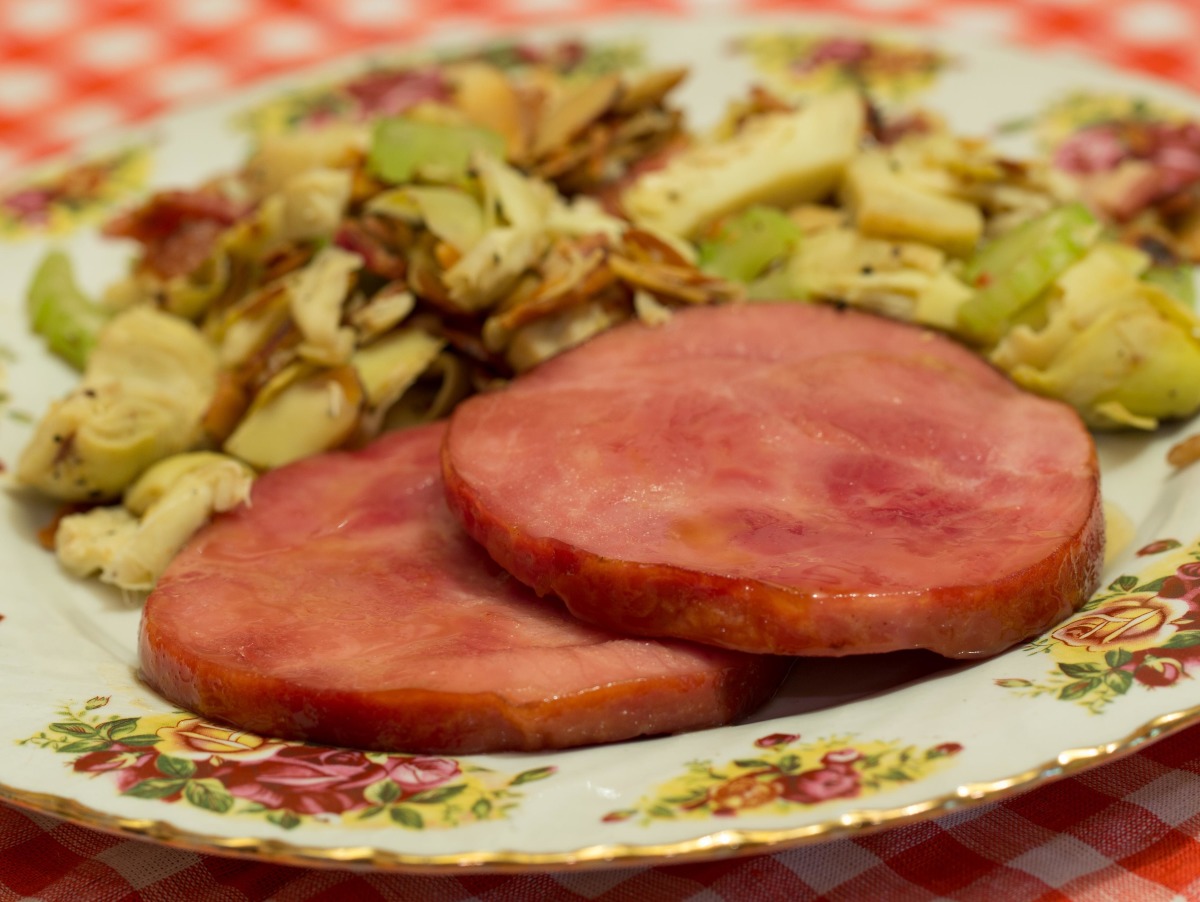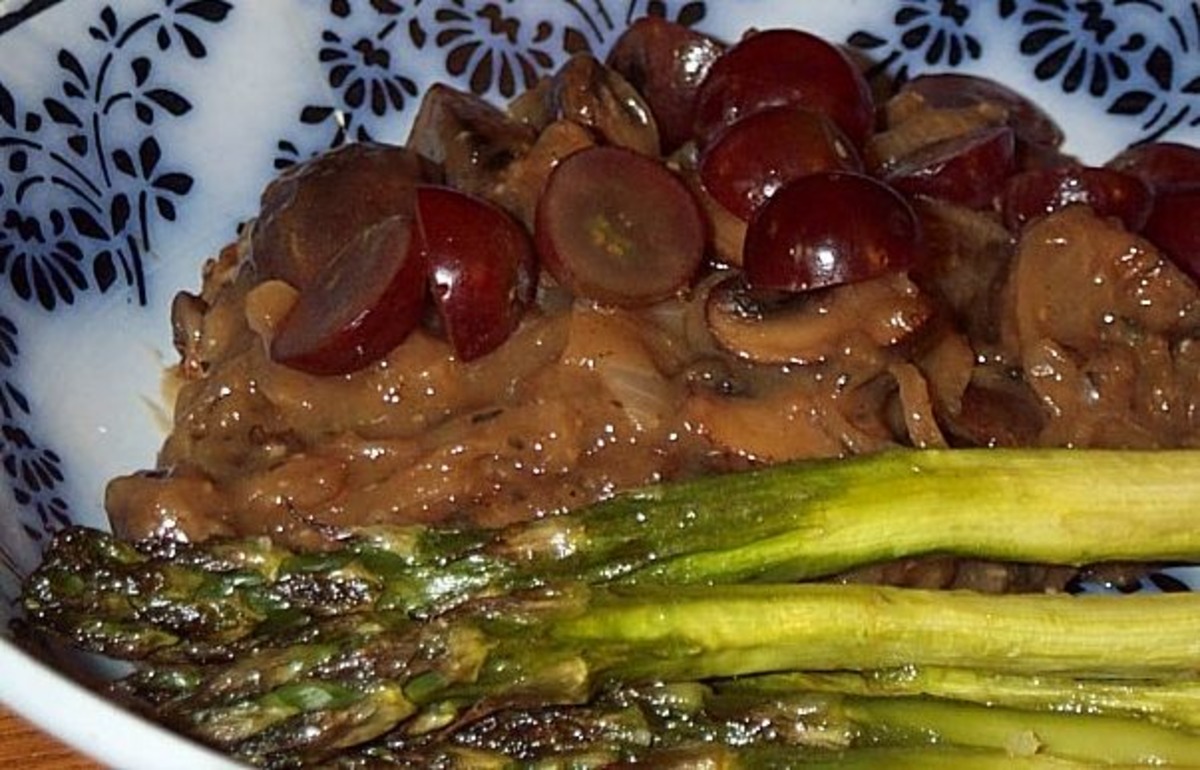## Ashom Tang: A Delightful Tibetan Corn Soup
Ashom Tang is a traditional Tibetan corn soup that embodies the harmonious balance of flavors and textures. This comforting soup showcases the natural sweetness of corn, complemented by a medley of aromatic spices and the warmth of ginger. Ashom Tang is a versatile dish, and our article offers three variations to cater to diverse preferences and dietary needs: the classic Ashom Tang, a vegan version, and a flavorful chicken Ashom Tang.
**Classic Ashom Tang:** This authentic recipe stays true to the traditional flavors of Ashom Tang. We'll guide you through the process of making a savory broth infused with ginger, garlic, and aromatic spices, then adding tender corn kernels, diced carrots, and green onions for a delightful crunch.
**Vegan Ashom Tang:** For those seeking a plant-based alternative, our vegan Ashom Tang recipe is a delightful option. We'll show you how to create a rich and flavorful broth using a combination of vegetables, spices, and herbs. The addition of creamy coconut milk lends a velvety texture and a subtle sweetness that balances the savory flavors of the soup.
**Chicken Ashom Tang:** If you prefer a hearty and protein-packed soup, our chicken Ashom Tang recipe is sure to satisfy. We'll guide you through the steps of preparing a succulent chicken broth, then adding tender chicken pieces, corn kernels, and an array of vegetables. The result is a comforting and flavorful soup that will warm your soul on a chilly day.
Whether you're a fan of classic Tibetan cuisine, seeking a vegan alternative, or craving a satisfying chicken soup, our Ashom Tang recipes have something for everyone. Embark on a culinary journey to the heart of Tibet and experience the warmth and flavors of this cherished soup.
TIBETAN CORN SOUP (ASHOM TANG)

Corn soup is popular in Dharamsala, a colorful mountain town that is in the heart of a Tibetan community in exile. The soup is served, with slight variations, at the cafes and restaurants that cater to travelers. Soup is a common breakfast food in Tibet. The recipe is adapted from The Lhasa Moon Tibetan Cookbook.
Provided by lynnski LA
Categories Breakfast
Time 20m
Yield 4 serving(s)
Number Of Ingredients 11
Steps:
- Saute the onion in butter in a soup pot until brown and soft.
- Add the paprika, garlic and ginger and cook briefly.
- Add the tomato and tofu, cut into small cubes; and the water.
- Add the canned and frozen corn.
- Bring soup to a boil, and simmer for a few minutes, stirring to prevent sticking.
- Sprinkle chopped green onion on each serving.
- This might be served with a side dish of rice.
RIB SOUP (KALBI TANG)

Make and share this Rib Soup (Kalbi Tang) recipe from Food.com.
Provided by LikeItLoveIt
Categories Lunch/Snacks
Time 40m
Yield 8 serving(s)
Number Of Ingredients 9
Steps:
- Cut the ribs into 2" lengths.
- Slash the meat through to the bone in several places.
- Place in a pan and add 20 cups of water.
- Bring to a full boil, then lower heat and simmer until the meat is tender.
- Chop the green onions.
- Remove the beef ribs from the broth and mix well with the seasonings listed above in number one.
- Put the seasoned ribs back into the broth.
- Bring to a boil and add the longer pieces of green onions.
- To serve place ribs n soup bowls, pour broth over them and sprinkle with prepared egg garnish (Beat and fry and cut eggs).
SEOLLEONGTANG

Seolleongtang (SULL-lung-tahng), also known as ox bone soup, is a deeply comforting dish seemingly magicked out of just bones, sometimes a small hunk of meat, and scallions, if you have them. This version is especially pared down, relying mostly on the bones, which are boiled over multiple hours to imbue the broth with fatty redolence. The best seolleongtang is made from reused bones kept specifically for this dish, which is why batches made with fresh bones may not have the quintessential milky whiteness characteristic to this dish. The broth is seasoned with a quick, gremolata-like mix of scallion, garlic and sea salt.
Provided by Eric Kim
Categories meat, soups and stews, main course
Time 3h15m
Yield 4 servings
Number Of Ingredients 7
Steps:
- Place the beef bones and brisket in a very large stockpot (the biggest you have), and add enough cold tap water to fully cover by 1 inch. Bring to a boil over high heat and cook until the bones and meat are no longer pink and a gray foam collects at the surface, about 10 minutes. Drain in a colander and rinse the bones under cold tap water. Rinse out the pot, as well, if it is especially dirty, and add back the bones and meat.
- Add 5 quarts cold tap water to the pot and bring to a boil over high heat, then reduce the heat to gently boil. Partly cover and cook until the soup is rich with marrow flavor and milky-white in color, about 3 hours. (For the milkiest soup, you want to maintain this gentle boil, which should be more vigorous than a simmer but less volatile than a hard boil.) During these 3 hours, you don't need to stir, but you should check the water level once or twice to make sure the bones stay covered with liquid; add more cold tap water to the pot if this level gets too low, which can happen if your stove is especially strong.
- Carefully drain the contents of the pot into a colander set in a large bowl. Take out the brisket, slice it thinly against the grain and set aside. Rinse, cool and freeze the bones to use them again another time. At this point, you can refrigerate the soup overnight to remove the fat, which will harden on top once chilled and be easy to remove (don't forget to refrigerate the brisket, too), or you can pour it back into a clean pot and, just before serving, bring to a simmer over medium heat, skimming the fat off the top with a ladle. Season generously with salt.
- While the soup is reheating for serving, prepare the scallion garnish: In a small bowl, stir together the scallions, garlic and flaky sea salt.
- Divide the brisket among large bowls and ladle over the hot soup. Sprinkle some of the scallion garnish over each bowl, leaving the rest on the table so everyone can add more as they eat. The soup should be well seasoned with salt and aromatic from the savory scallions and garlic. Serve with white rice and radish kimchi.
Tips:
- If you can't find Tibetan barley, you can use regular barley or even rice.
- To make the soup heartier, you can add some cooked chicken or beef.
- If you don't have a pressure cooker, you can cook the barley in a pot of boiling water for about an hour, or until it is tender.
- To make the soup more flavorful, you can add some toasted cumin seeds or a pinch of turmeric.
- Serve the soup with a dollop of yogurt and some chopped cilantro.
Conclusion:
Tibetan corn soup, or Ashom Tang, is a delicious and hearty soup that is perfect for a cold winter day. It is easy to make and can be tailored to your own taste preferences. So next time you're looking for a new soup recipe to try, give Ashom Tang a try. You won't be disappointed!
Are you curently on diet or you just want to control your food's nutritions, ingredients? We will help you find recipes by cooking method, nutrition, ingredients...
Check it out »
You'll also love











